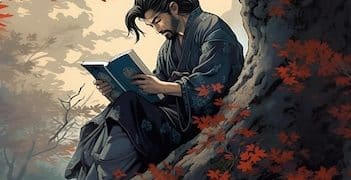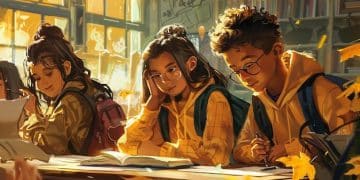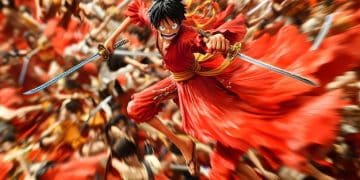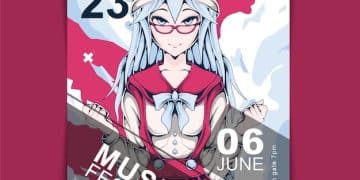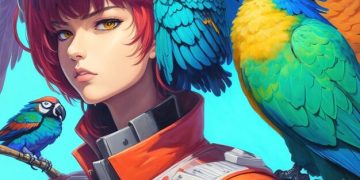Discovering “Is”: A Timeless Shojo Manga Review
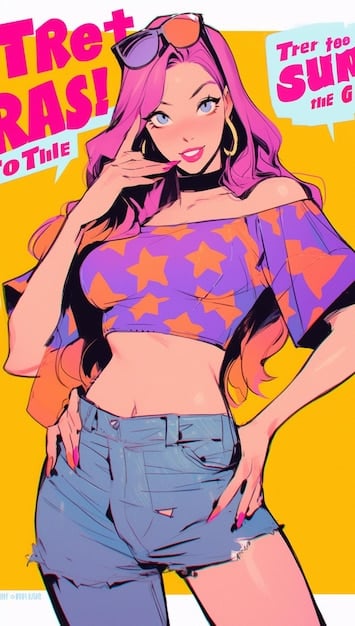
“Is” is a poignant shojo manga that explores the complexities of love, identity, and social dynamics among high school students, offering a nuanced and often heart-wrenching portrayal of adolescence.
Dive into the world of “Is,” a captivating shojo manga that delves into the intricate lives of its characters as they navigate love, friendship, and self-discovery in high school. Get ready to explore its themes and enjoy the beautiful artwork.
Exploring the Premise of “Is”
The story of “Is” revolves around the lives of high school students, primarily focusing on Ichitaka Seto and his relationships with several complex female characters. The manga elegantly navigates themes of jealousy, unrequited love, and the challenges of growing up.
Seto’s journey to understand his own feelings and navigate conflicting emotions forms the core of the narrative. “Is” provides a thoughtful exploration of the emotional landscape of adolescence through its detailed character development and engaging plot.
The Central Characters
The characters in “Is” are one of its most potent aspects. Each one has depth and their own unique motivations and backstory.
- Ichitaka Seto: A shy and indecisive teenage student around whom the story is centered.
- Yoshizumi Isa: One of the main female leads in the manga, Isa is popular and somewhat enigmatic, she hides some deep insecurities.
- Itsuki Akiba: Another potential romantic interest for Seto, Akiba is portrayed as cheerful.
Themes in “Is”: Love, Identity, and Social Dynamics
“Is” is renowned for its exploration of complex themes that resonate with its audience, offering insights beyond a typical high school romance. Its narrative tackles difficult subjects with unexpected sincerity.
The manga dives into the internal conflicts, identity formation, and the dynamics between individuals as they discover who they are and who they want to become. This allows for strong character growth, making “Is” richer than many other shojo manga.

Identity Formation
One of the critical aspects of “Is” is its attention to identity formation during adolescence. The characters grapple with their aspirations, insecurities, and the impact of their peers.
The experiences of Ichitaka Seto and others reflect the universal human challenge of discovering oneself amid external pressures and personal expectations.
The Artistry and Visual Appeal of “Is”
Masakazu Katsura’s artistry greatly contributes to the manga’s appeal. Katsura is known for detailed character designs and expressive artwork that communicates the feelings and thoughts with vivid clarity.
The visual storytelling enhances the narrative, drawing readers into the emotional depth of the characters. The artwork of “Is” is frequently praised for its realistic portrayal of expressions and attention to detail.
Visual Storytelling
The composition and panel layout in “Is” play a crucial role in storytelling. The artwork accentuates emotional cues.
- Detailed expressions capture the emotional depth of the characters.
- Dynamic panel layouts guide the reader through the story.
- Background art enhances the environment and mood.
Comparing “Is” to Other Shojo Manga
While “Is” shares elements with other shojo manga, its realism and character-driven approach set it apart. These narrative choices enrich the experience, making it a standout entry within the shojo genre.
Its focus on genuine human experiences and complex relationships distinguishes it from more fantastical or plot-driven works. This is not a simple love story.

Narrative Depth
“Is” is frequently praised for its deep introspective narrative style. It delves into emotional and social issues.
This focus on the characters’ inner lives gives “Is” a narrative richness that resonates with the readers.
Reception and Impact of “Is”
“Is” has generally been well-received by audiences and critics. Its honest and relatable portrayal of adolescence and romance has left a lasting impact on readers.
The manga has cultivated a loyal fan base who appreciate its artistry, themes, and insightful exploration of human relationships. It is a shojo manga that truly stands the test of time.
Fan Base
The manga has a dedicated fan base. It is still discussed and revisited by readers.
- Fans admire the complex characters and relatable stories.
- Discussions often delve into its lasting emotional impact and realism.
- Fans appreciate the depth and honesty.
Why “Is” Remains Relevant Today
“Is” addresses themes and dilemmas that continue to resonate with modern audiences. Its depiction of love, identity, and navigating social landscapes connects with readers on a profound level.
“Is” provides a valuable perspective into interpersonal dynamics, emotional exploration, and personal growth. These topics make it universally accessible.
“Is” remains an evergreen story for new generations of readers. Adolescence is a universally relatable theme.
| Key Point | Brief Description |
|---|---|
| 💖 Complex Relationships | Explores the nuances of love and friendship. |
| 🧑🤝🧑 Character Depth | Features well-developed characters with unique motivations. |
| 🎨 Artistic Style | Showcases detailed artwork and expressive visuals. |
| 🤔 Relatable Themes | Addresses identity, social dynamics, and adolescent challenges. |
Frequently Asked Questions
“Is” primarily revolves around Ichitaka Seto and his complex relationships with several female characters. It explores themes of love, identity, and social dynamics during adolescence.
The main characters include Ichitaka Seto, the protagonist, and two main female leads: Yoshizumi Isa, a popular girl with hidden insecurities, and Itsuki Akiba, a cheerful personality.
“Is” stands out due to its deep exploration of character emotions and narratives and realistic portrayal of adolescent life, differentiating it from manga that focuses more on fantasies or plot-driven scenarios.
Key themes in “Is” include love triangles, identity formation, and the challenges of interpersonal relationships. It tackles these subjects through detailed character development and poignant storytelling.
The artwork in “Is” is praised for its detailed character designs and expressive visuals. These elements vividly communicate emotions, enhancing the reader’s connection to the characters and their experiences.
Conclusion
In summary, “Is” offers a rich and deeply engaging exploration of adolescence, capturing the emotional complexity and social dynamics with remarkable insight. Its poignant storytelling, coupled with detailed artwork, makes it a timeless read for both fans of shojo manga and anyone interested in character-driven narratives.
